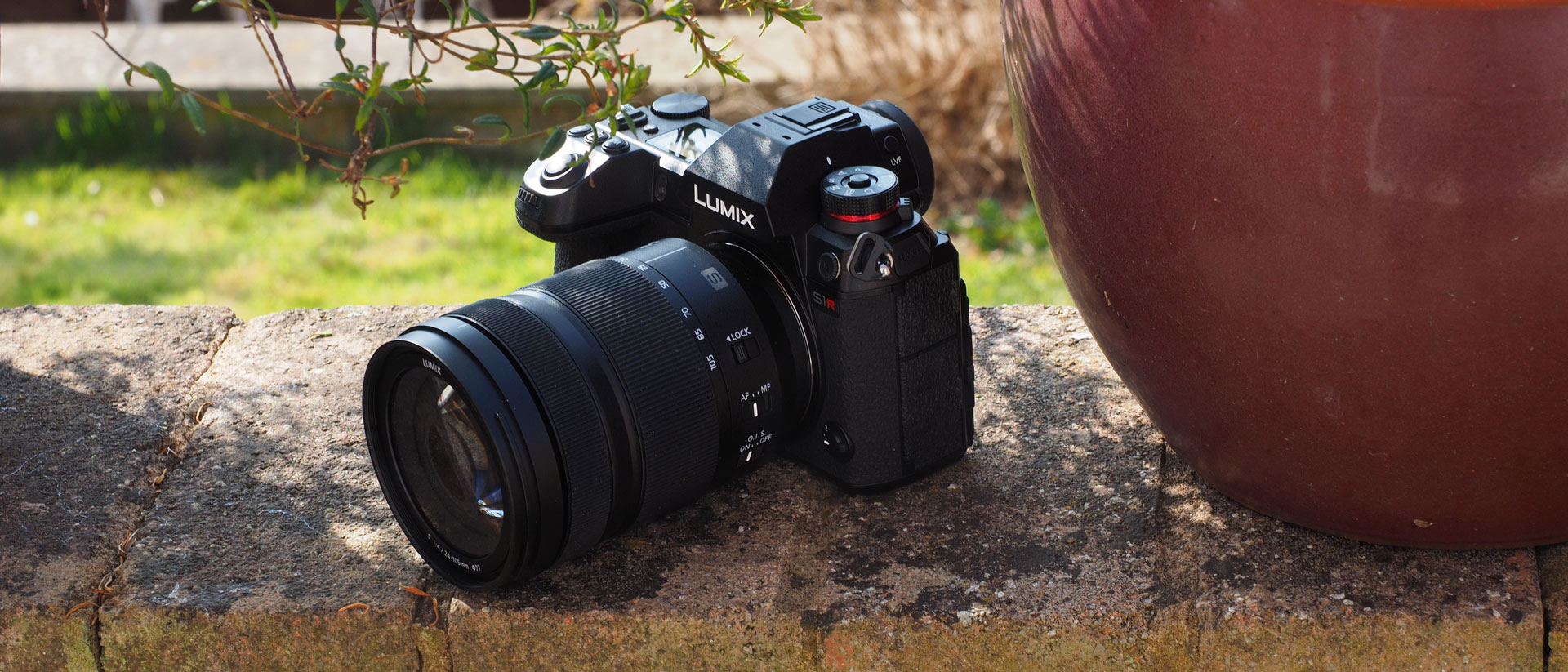Digital Camera World Verdict
The Panasonic S1R, or Lumix S1R to give it its full title, is big, hefty and solid and feels like it means business. It handles well and produces excellent image quality – and offers 60p 4K video, too. It's entering a full frame mirrorless camera market that's suddenly looking quite crowded, and a lot will depend on the emerging L-mount lens system – and whether photographers will go for the S1R's mix of heft, image quality and video credentials over cheaper, lighter camera systems.
Pros
- +
Superb resolution
- +
4K video at 60/50p
- +
Dual image stabilization
- +
Solid handling
- +
Twin card slots/formats
Cons
- -
More expensive than rivals
- -
360/340-shot battery life
- -
Regular S1 better for video
Why you can trust Digital Camera World
It took a long time for the Panasonic S1R to go from announcement to something photographers could hold in their hands. Happily it was worth the wait – just like its 24MP stablemate the Lumix S1 and the recently announced Lumix S5, this is a very good camera indeed.
• Best full-frame mirrorless cameras
• Best mirrorless cameras
• Best 4K cameras for filmmaking
• Cheapest full-frame cameras
Panasonic guides:
• Best Panasonic cameras
• Panasonic S1 and S1R: everything you need to know about the new Lumix range
• Best L-mount lenses
• L-mount lens roadmap: Panasonic promises 42 lenses by the end of 2020
UPDATE: In September 2020, Panasonic unveiled a comprehensive firmware update for the Panasonic Lumix S1R, as well as its stablemates the S1 and S1H, including a raft of improvements. This update is expected to be downloadable by the end of 2020, and includes a few exciting new features:
• Enhanced autofocus performance. The new firmware update will add head-detection autofocus, allowing you to keep focus on a particular subject even when they turn away from the camera. Other improvements to Panasonic's DFD (Depth From Defocus) technology enhance AF tracking to make it easier to keep focus on fast-moving subjects, and all these improvements can be used when shooting both stills and video.
• An update for the S1R only – Panasonic is also promising that the camera will be able to shoot 5K video. How exactly this will work and what it will look like are things we're going to have to wait to ascertain, but it's certainly interesting news, and indicates that this two-year-old camera still has some surprises left in it. We'll be sure to update this review once the firmware is available.
Two things stand out straight away. The first is that the Panasonic Lumix S1R is far from a cheap alternative to full-frame Sony, Nikon and Canon mirrorless cameras – it's actually a little more expensive than all but the big hitters like the Sony A7R IV or the Canon EOS R5. It's also noticeably larger and heavier than its rivals.
Since we first tested the Panasonic S1R, of course, Sony has released the 61MP Sony A7R Mark IV, beating the S1R's resolution by some margin, so we've added the A7R IV to the lab charts below to see whether its extra megapixels give it a convincing edge (sorry) over the S1R.
First announced at Photokina 2018 and rumored long before that, the Panasonic Lumix S range is a big step up from the smaller Micro Four Thirds format cameras previously made by Panasonic.
Designed for professionals, experts and advanced amateurs, the Lumix S range consists of four cameras. There's the original pair: the cheaper 24-megapixel Panasonic S1 and the more expensive Lumix S1R reviewed here. Then there's also the Panasonic Lumix S1H, an interesting 'bridge' between system cameras and high-end cinema equipment, and as of late 2020 there's the Lumix S5, the smaller and more affordable member of the family, designed to be a first step into full frame.
There is a small selection of lenses to go with these new cameras from Panasonic with more to follow, but the key factor here is Panasonic’s membership of a new L-Mount Alliance with Sigma and Leica, so all three makers will be producing lenses for this new format, and Sigma has already adapted a number of it’s ‘Art’ prime lenses for this format. Panasonic has promised no fewer than 42 different lenses by the end of 2020.
We tested the Lumix S1R with the Panasonic 24-105mm f/4 standard zoom, which looks like a very good standard lens choice for this camera at the moment – its image quality is well beyond what we'd normally expect from a long-zoom kit lens.
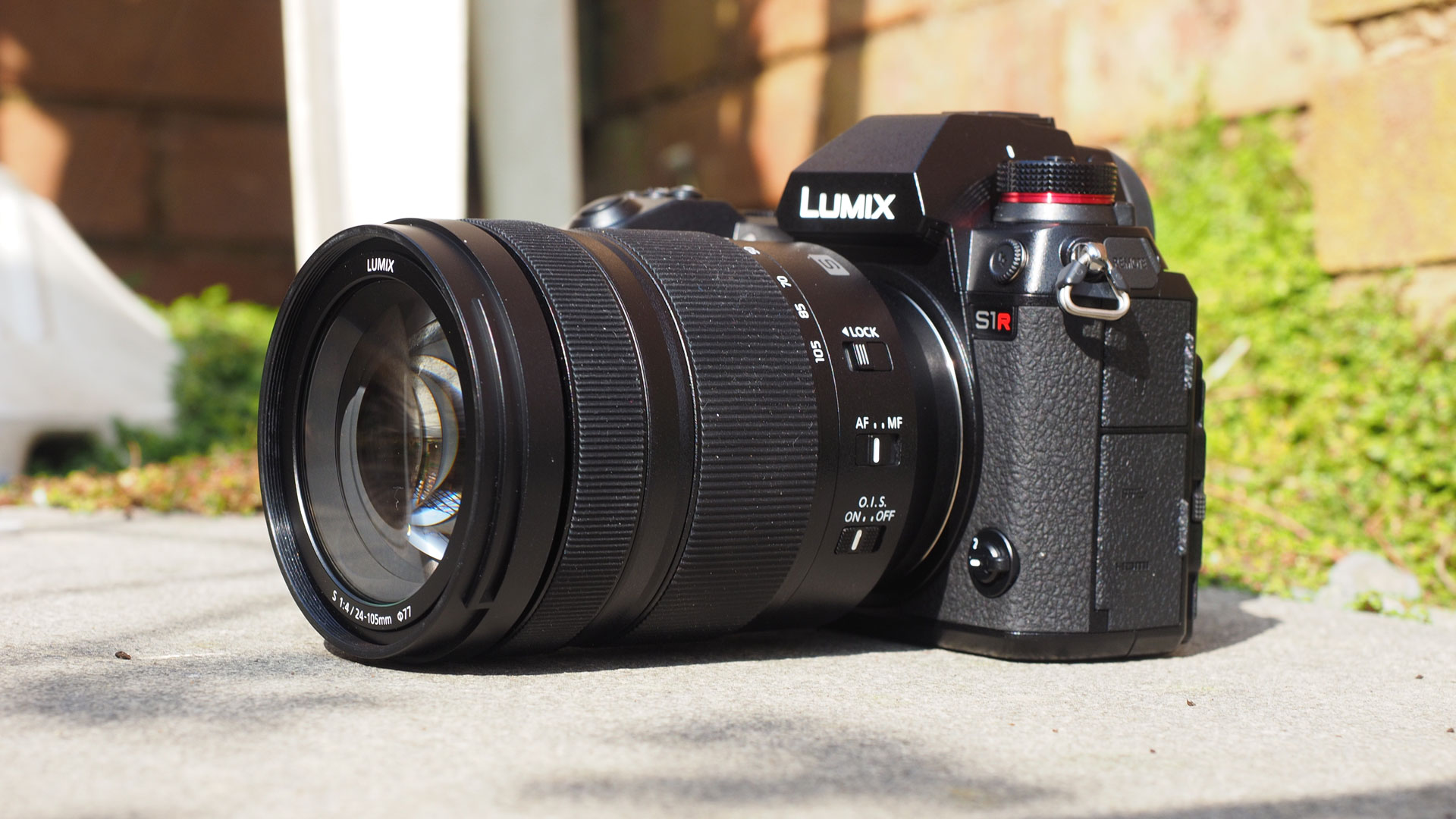
Specifications
Sensor: 47.3MP full frame CMOS, 36.0 x 24.0mm
Image processor: Venus
AF points: 225-area DFD contrast AF
ISO range: 100 to 25,600 (exp. 500 to 51,200)
Max image size: 8,368 x 5,584
Metering modes: Multi, centre-weighted, spot, highlight weighted
Video: 4K UHD at 60p, 50p, 30p, 25p, 24p
Viewfinder: OLED EVF, 5.76m dots, 100% coverage, 0.78x magnification
Memory card: SD (UHS II compatible) + XQD
LCD: 3.2-inch tilting touchscreen, 2.1m dots
Max burst: 9fps, 6fps with CAF
Connectivity: Wi-Fi, Bluetooth
Size: 148.9 x 110.0 x 96.7mm (body only)
Weight: 1,016g (body only, with battery and SD card)
See also: Best Panasonic camera in 2019
Key features
Like Sony and Nikon, Panasonic has produced two externally identical cameras but with two different resolutions and price points. The Panasonic S1 has a 24-million pixel sensor and is priced to appeal to enthusiast photographers (and professional videographers), while the Lumix S1R has a 47 megapixel CMOS sensor, which is the highest resolution yet offered in a full frame mirrorless camera, if only by a small margin. A third video-centric version of the family, called the Panasonic S1H, has now gone on sale.
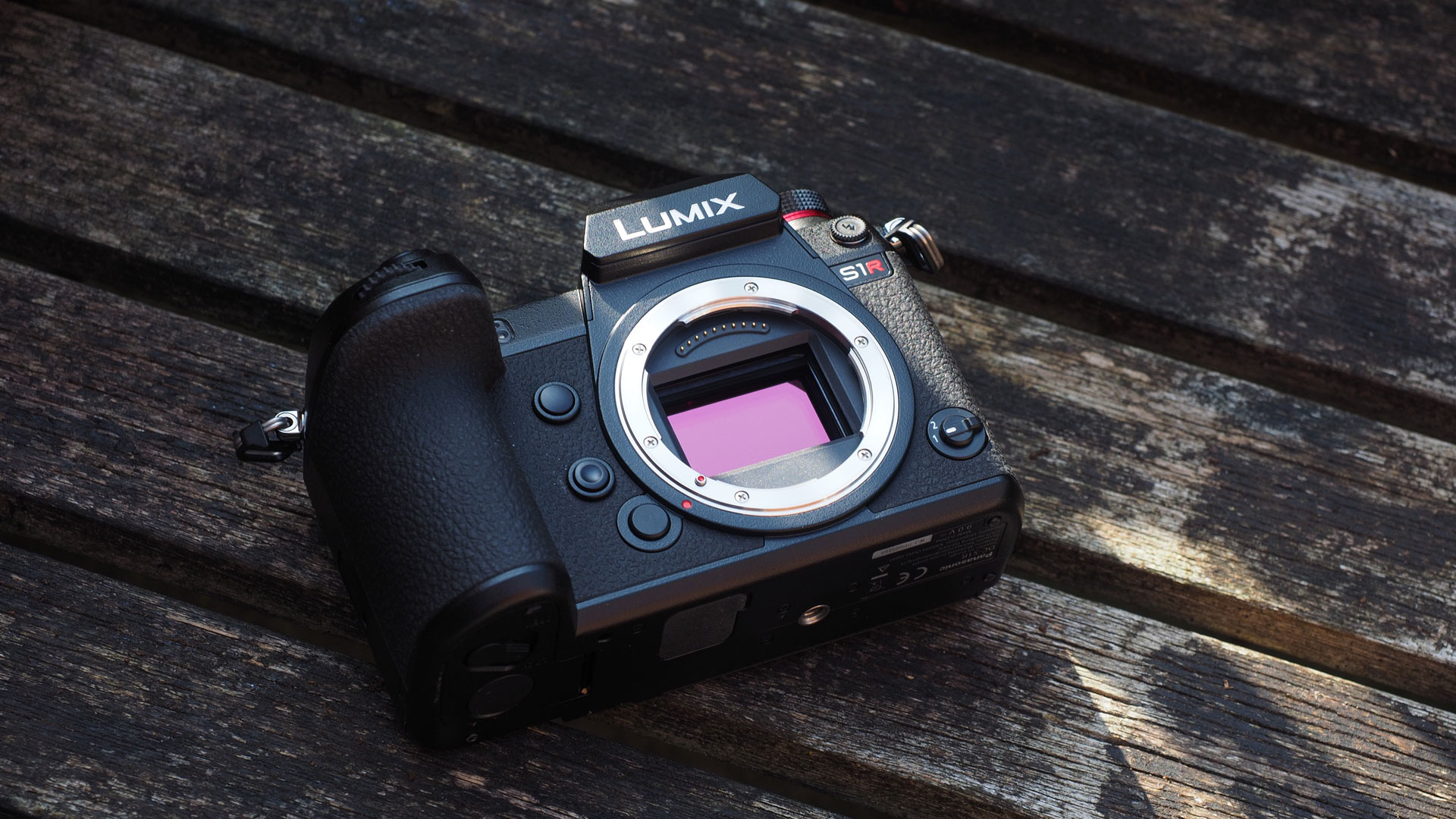
As if that wasn’t enough, these cameras also offer a multi-shot High Resolution mode which combines eight images captured with a series of minute sensor shifts to produce super-high resolution image well beyond the sensor’s native resolution.
On the Panasonic S1R this means huge 187-megapixel photos that exceed the pixel count of even the most powerful medium format cameras – though it relies on static subjects and with the camera mounted on a tripod, so you could only use this for certain types of subject.
This high resolution mode is made possible by Panasonic’s 5-axis in-body stabilisation system, which offers 5.5 stops of shake compensation on its own but up to 6 stops of shake compensation when used with one of Panasonic’s new image-stabilised lenses.
Other headline features include the ability to shoot 4K video at up to 60/50fps for the first time in a full frame mirrorless model, the world’s highest resolution electronic viewfinder, with 5,760 million dots, and a continuous shooting speed of 9fps.
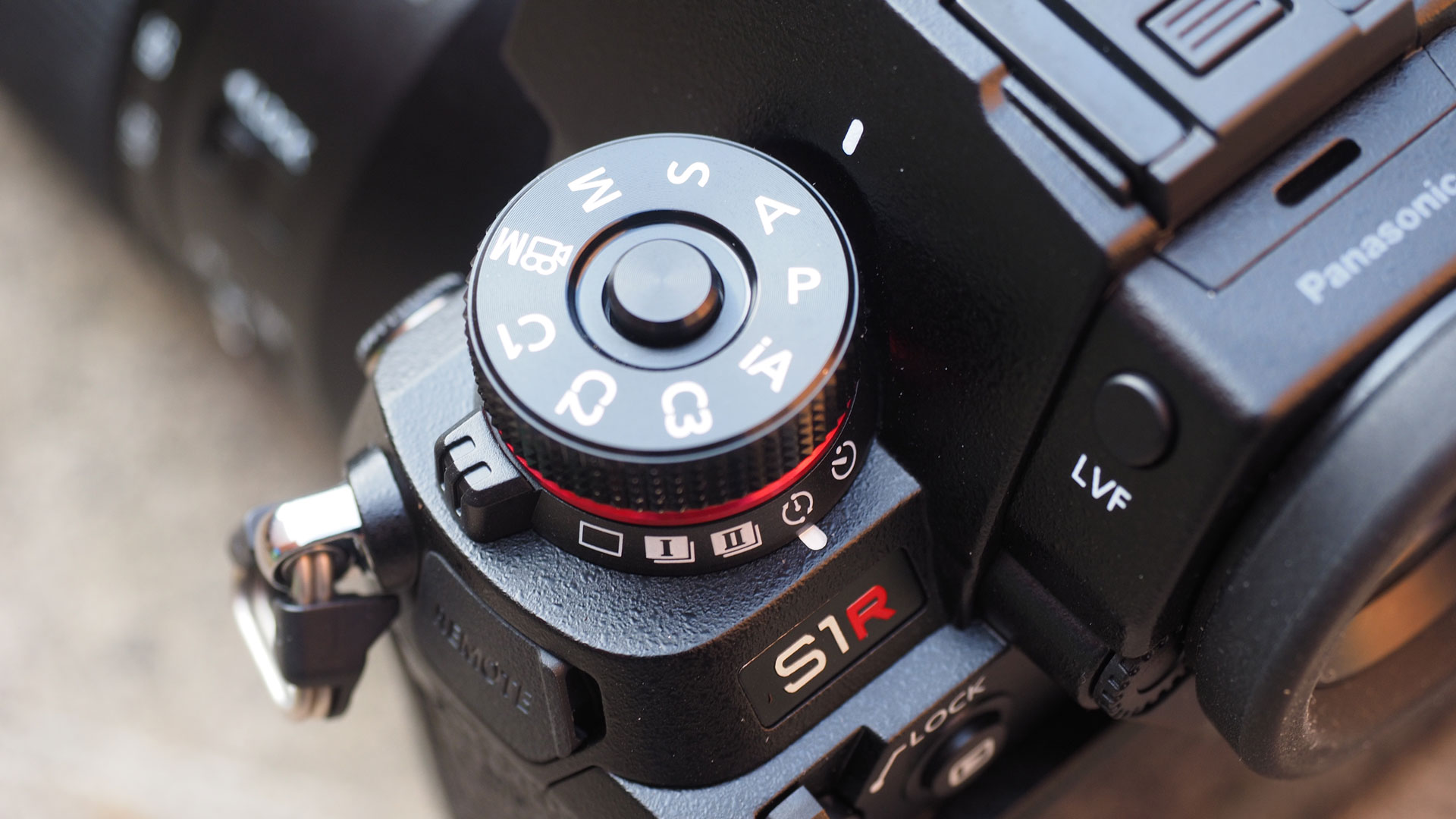
Though if there is a chink in the S1R’s armour it’s here. That 9fps frame rate is achieve only with the AF locked on the first frame. With continuous autofocus the frame rate drops to 6fps, and while the S1R also has a 6K Photo mode that can capture 18-megapixel images at 30fps, it’s not quite the same thing.
Build and handling
Panasonic has taken a pretty uncompromising approach to the S1R’s build quality, with a magnesium alloy construction and weather sealing that makes it dust and moisture resistant and ‘freeze-proof’ down to -10 degrees. It’s a pretty substantial camera to pick up and hold and feels even meatier than Nikon’s Z 6 and Z 7 models and definitely more substantial than Sony's A7 series.
It goes further in a number of respects, though. The electronic viewfinder’s resolution is on a whole new level, for a start. It’s not just superbly sharp, contrasty and saturated, it’s also remarkably lag-free. We’re used to electronic displays blurring and ‘smearing’ with fast camera movements, especially in low light, but Panasonic does seem to have raised the bar here and this perhaps the closest we’ve yet come to a genuine ‘optical’ viewfinder look.
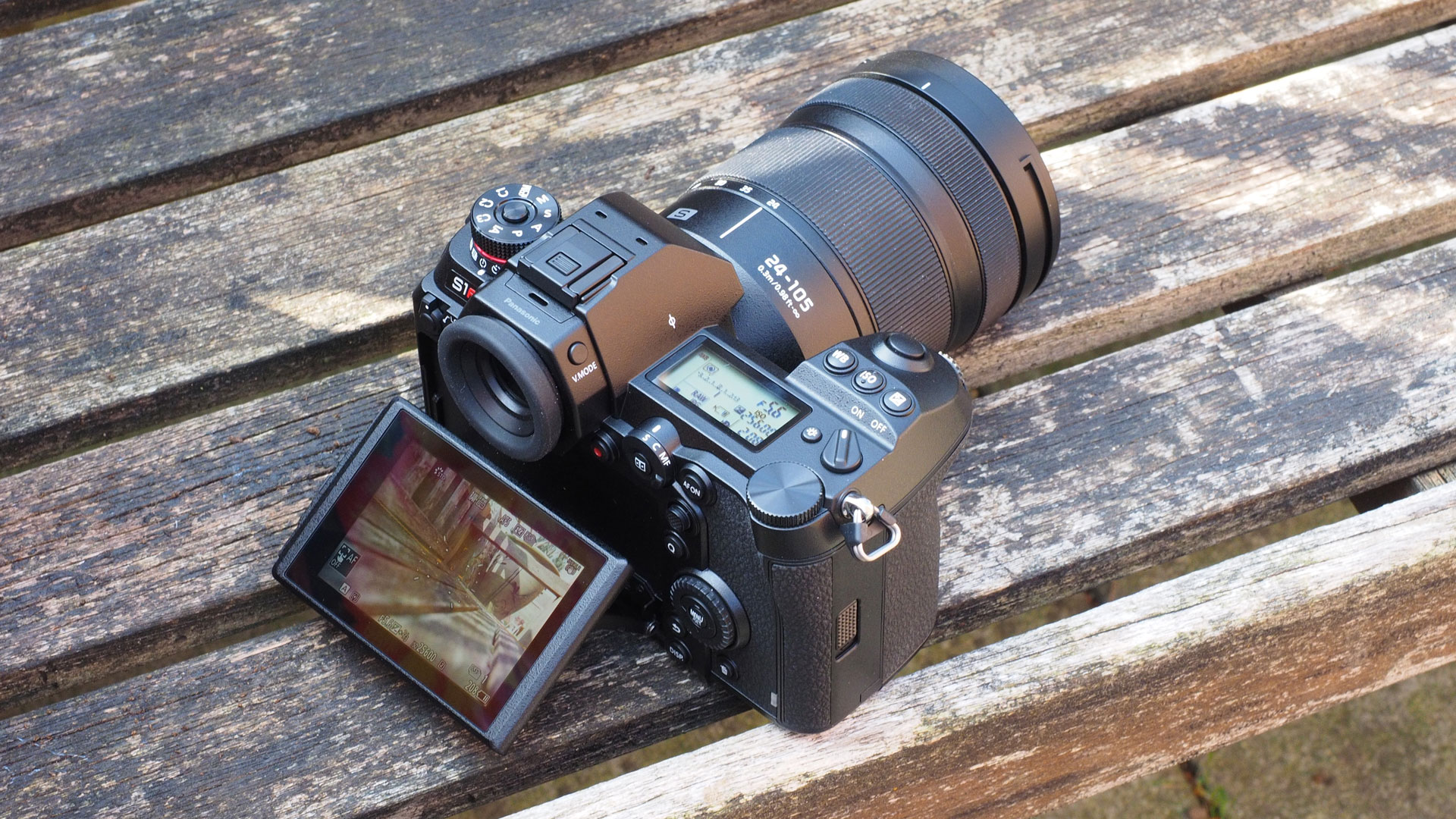
The screen on the back of the camera deserves some special praise too. Its resolution of 2,100k dots means it’s exceptionally sharp, but it also has a clever tri-axial tilt mechanism that allows for sideways movement as well as up and down, so this is a tilting screen you can also use with the camera held vertically.
The movement is restricted to about 45 degrees, however, it hinges in one direction only (to the right) and you have to slide a slightly fiddly catch on the side of the screen to release it.
It’s interesting that Panasonic chose this mechanism rather than the regular flip-out vari-angle screens used on some of its Micro Four Thirds models, but this was done to offer maximum robustness and durability – we were shown how it was possible to hold the camera by gripping the fold-out screen alone.
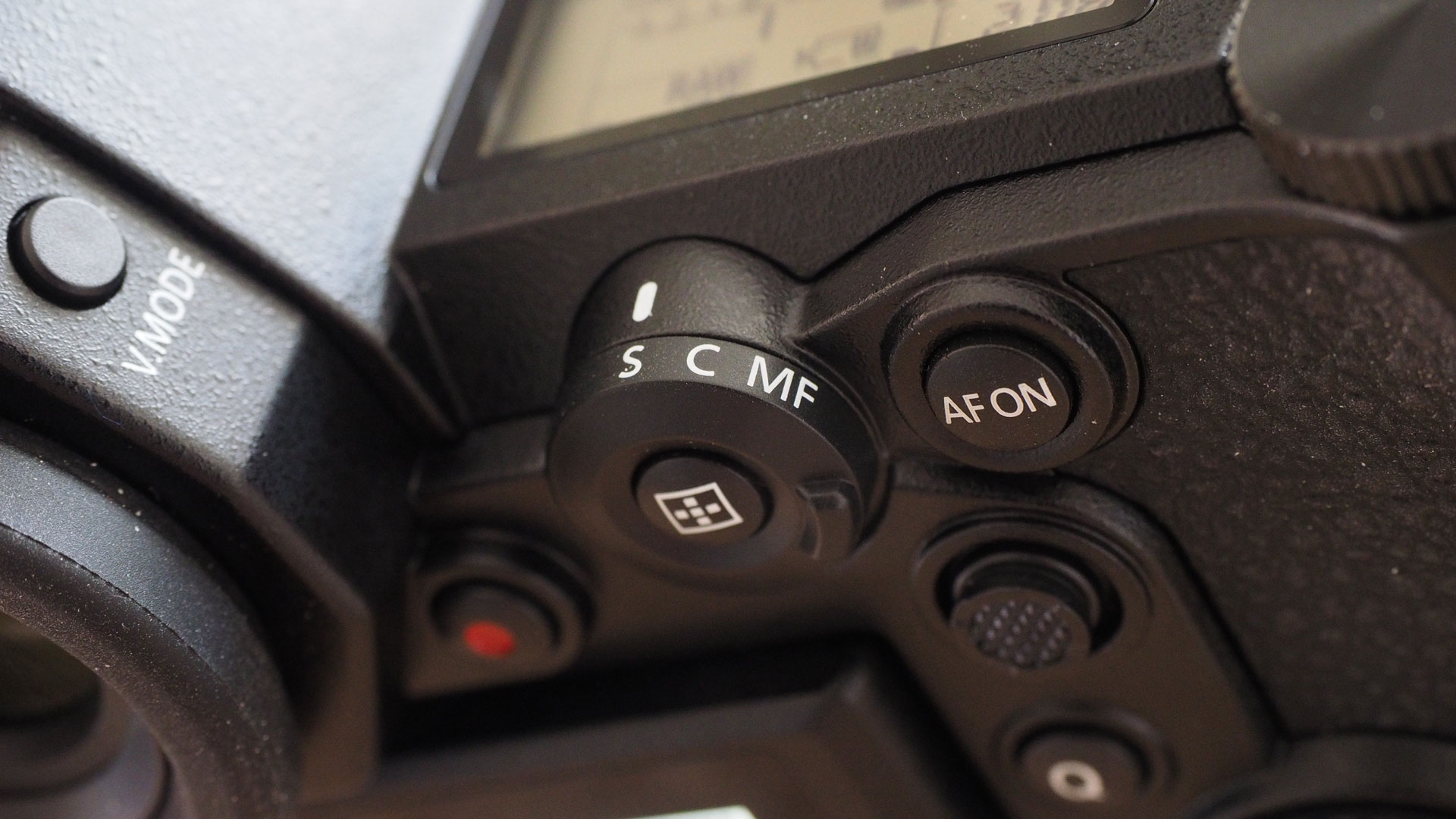
This sense of strength and durability is everywhere. Inside, the S1R has a shutter with a life expectancy of 400,000 shots, and on the outside it has really firm, positive controls – and lots of them.
It’s great to get a dedicated drive mode dial and a dual-function focus dial for setting both the focus mode and selecting the focus area. There’s also a focus lever/joysticks for setting the focus point and a lock lever to prevent unintentional adjustments while handling the camera.
The only issue we had was with the sensitivity of the touch-screen display – it’s very easy to inadvertently set the focus point near the bottom left corner of the frame when your nose touches the screen during shooting.
This is a common problem with cameras that offer touch-focus control and the S1R is by no means alone – if it’s too annoying, you can always deactivate the touch control.
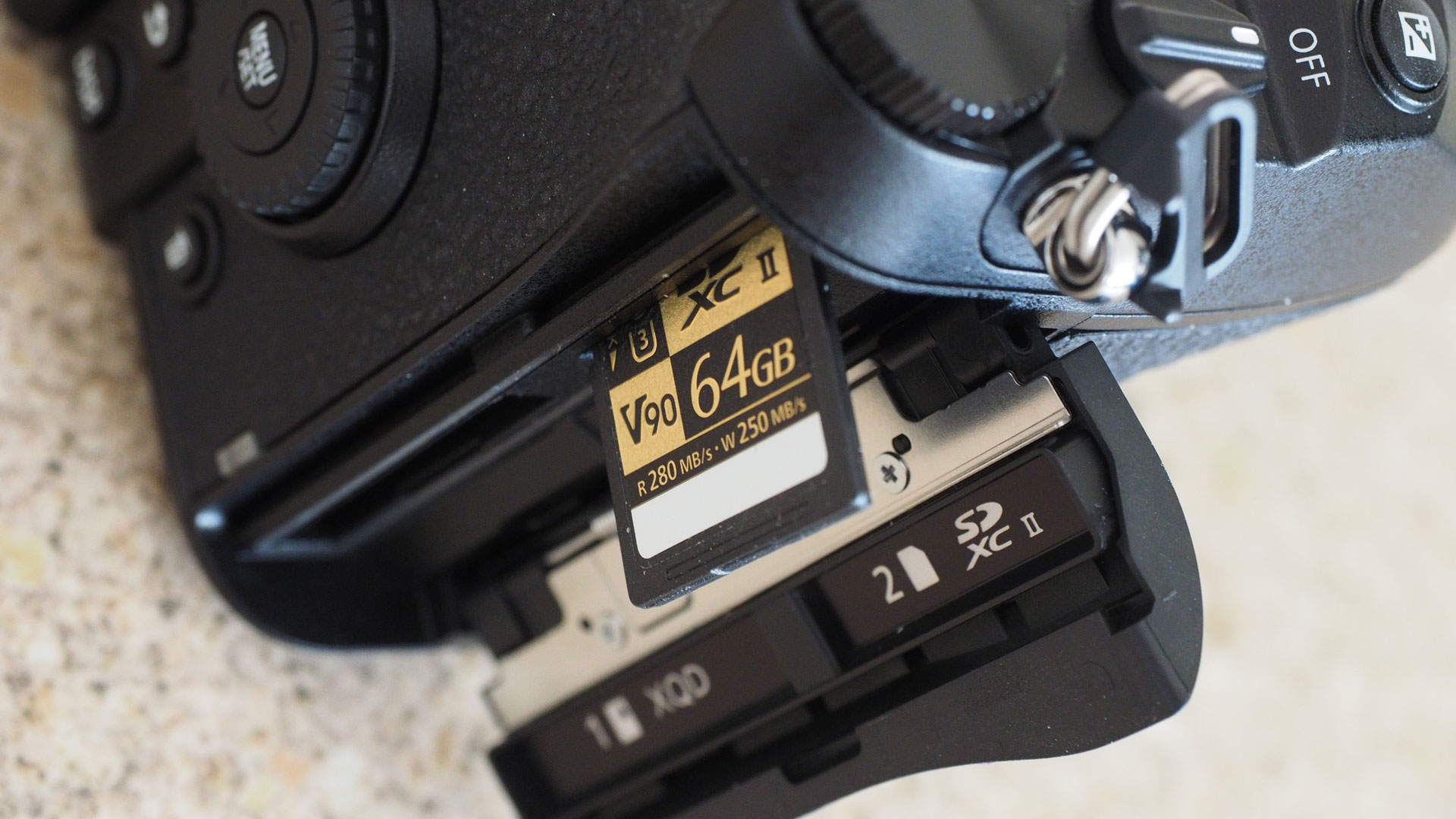
The memory card door latch feels slightly awkward, too. You need to push down on a sliding catch flush with the camera body slide the card door towards you at the same time, and it’s not particularly easy to do.
Performance
We found the pre-production Lumix S1 and S1R autofocus systems tended to hunt a little in very dim light, and was still a tendency for this to happen with our full production sample – though in regular light the AF is very responsive.
Panasonic is using its DFD contrast AF system rather than the theoretically faster phase-detection AF used by rival makers, Panasonic’s high-speed data processing and AF algorithms feel very fast and responsive.
The Eye AF system is particularly impressive. In this mode, the camera automatically identifies bodies and faces in the scene with a rectangular marquee – if there’s more than one, it will usually select the face nearest the camera, but you can change the face selected using the focus lever.
When a face is detected, the AF system will pick out the subject’s eyes with a set of crosshairs – again, you can choose which eye is selected using the focus lever.

Panasonic's Eye AF system proved fast and effective when we tried it and can focus on either eye as required (images from a pre-production Lumix S1).

Panasonic's Eye AF system proved fast and effective when we tried it and can focus on either eye as required (images from a pre-production Lumix S1).

Panasonic's Eye AF system proved fast and effective when we tried it and can focus on either eye as required (images from a pre-production Lumix S1).
If you’re taking pictures of people with a high-resolution full frame camera and fast lenses used at wide apertures, then a fast and accurate Eye AF system could really improve your success rate of sharp shots.
The Eye AF crosshairs are not especially easy to recognise, however, so while this system is very quick, effective and accurate, the visual AF display is a little cluttered.

The hybrid image stabilisation seems to work very well, though as ever it’s worth repeating that there are no guarantees in hand-held photography and image stabilisation simply improves your chances.
In our tests we were able to shoot hand-held with the lens set to 105mm at 1/6sec with about the same success rate of sharp shots as shooting at 1/125sec without stabilisation – that’s a gain of around 4 stops.
It’s a little short of Panasonic’s claimed figure, but our tests were carried out in day-to-day shooting, not in a lab, and in any event that’s a good outcome compared to results we’ve achieved with other cameras using in-body-stabilisation.
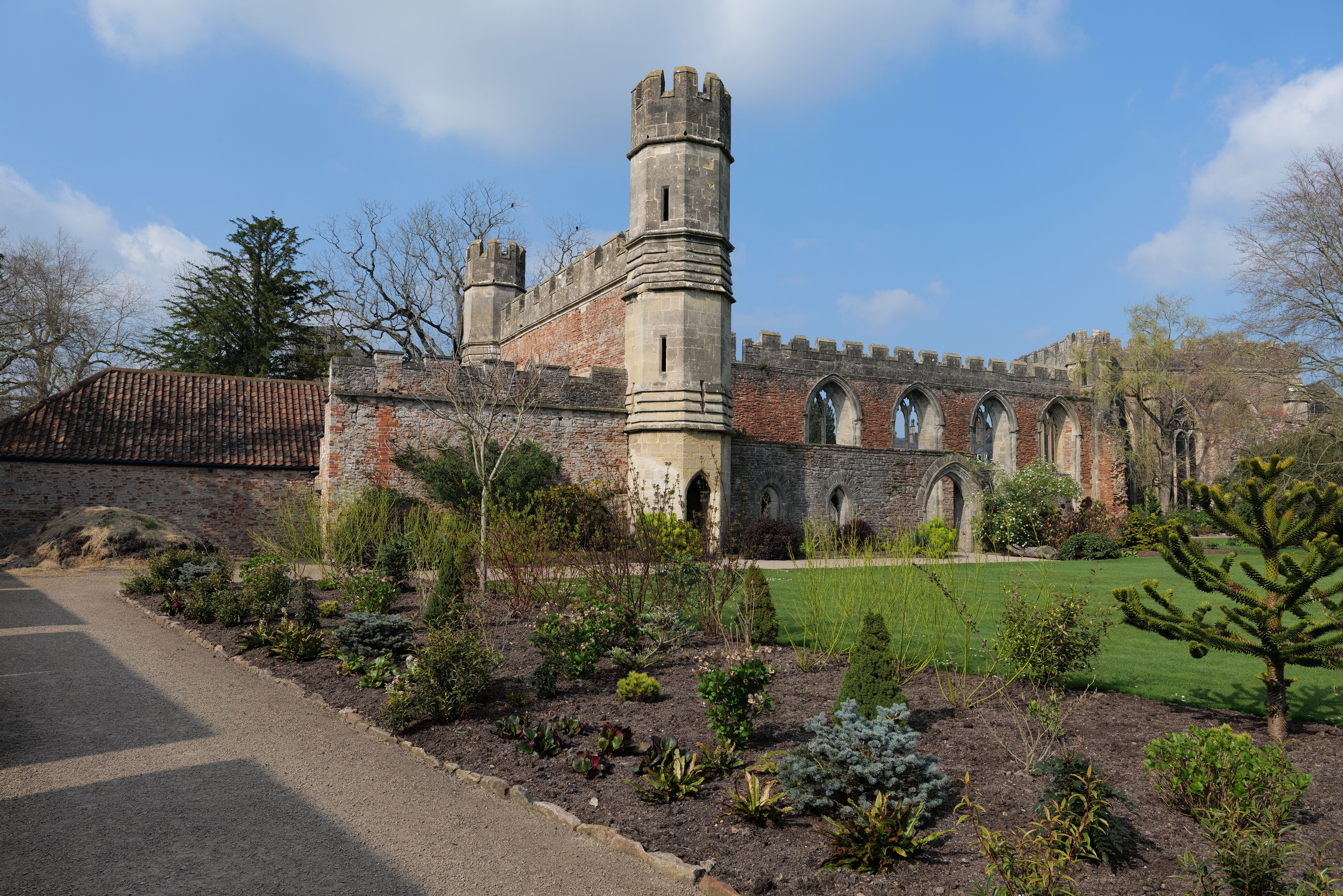
The image quality is excellent, especially at higher ISO settings. Because of this camera’s high resolution and hence relatively small photosites, we’d expect to see noise appearing quite soon and image quality falling as the sensitivity is increased, but the S1R’s images hold up remarkably well.
In fact, it’s only at ISO 12,800 and ISO 25,600 that you seen any substantial loss of visual sharpness and fine textures starting to smooth over.
It’s hard to fault this camera’s resolving power. Both in the lab and in real-world testing, it delivered extremely sharp detail, and the 24-105mm f/4 zoom can take a lot of the credit. You can see more sample images in the gallery below.
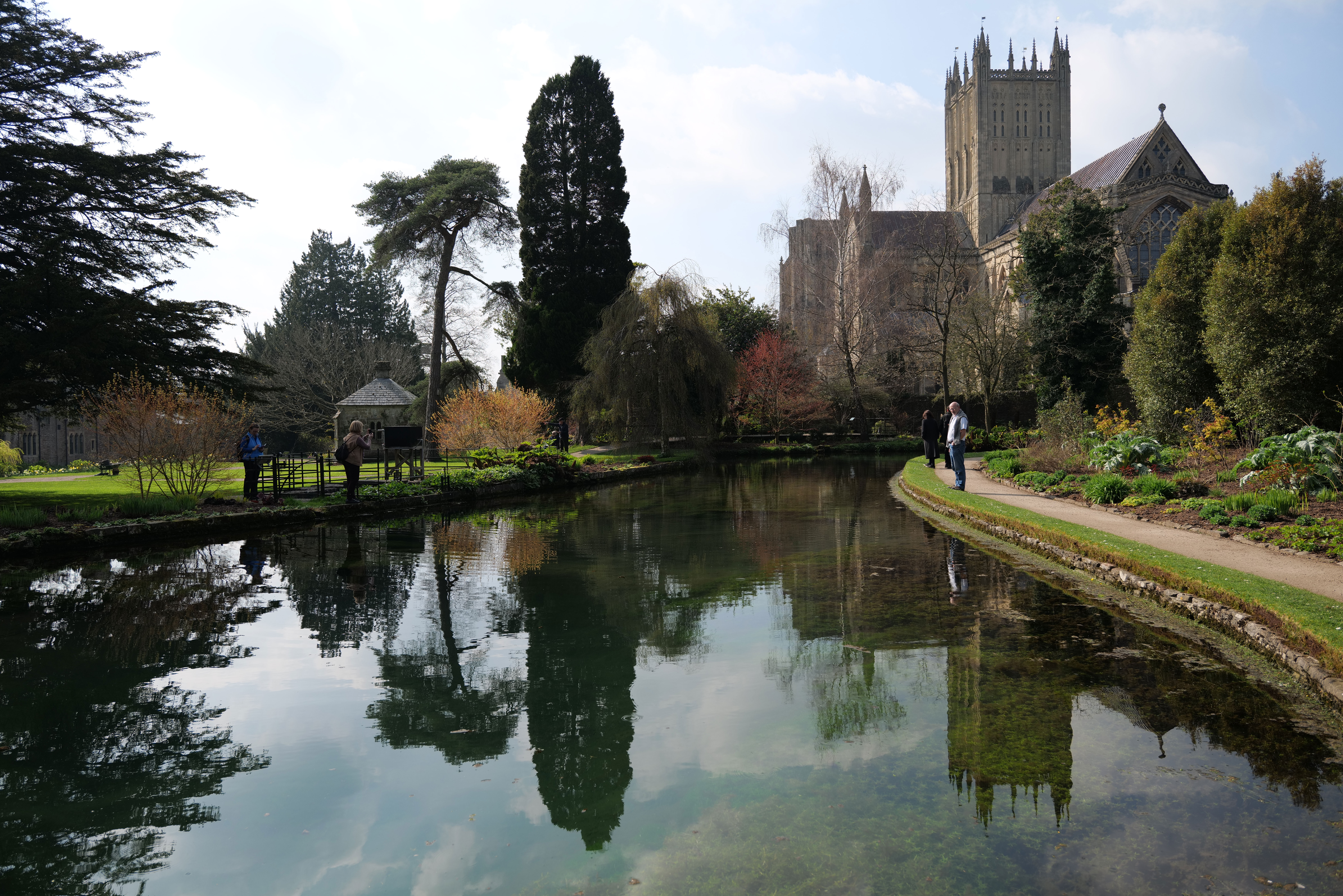
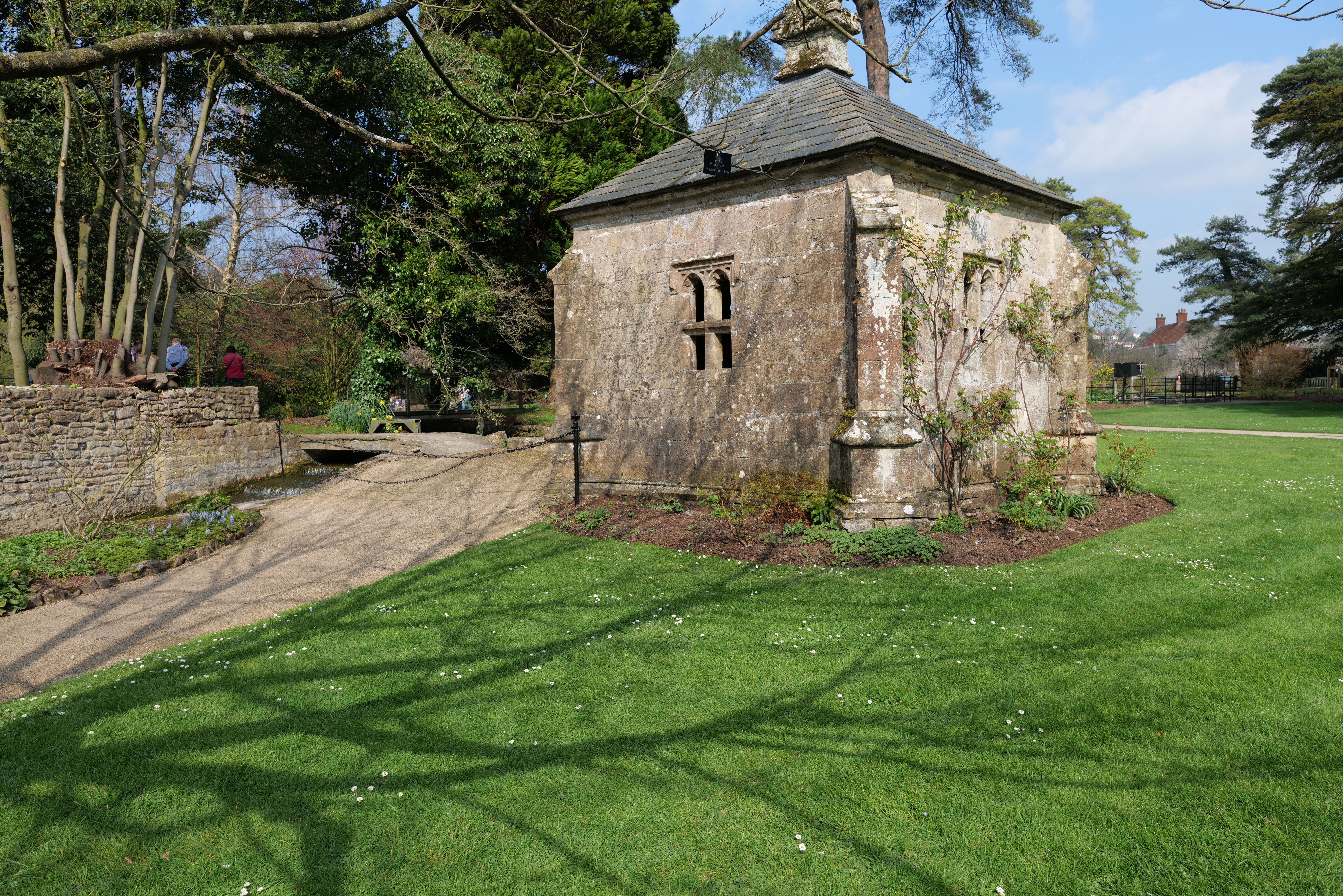

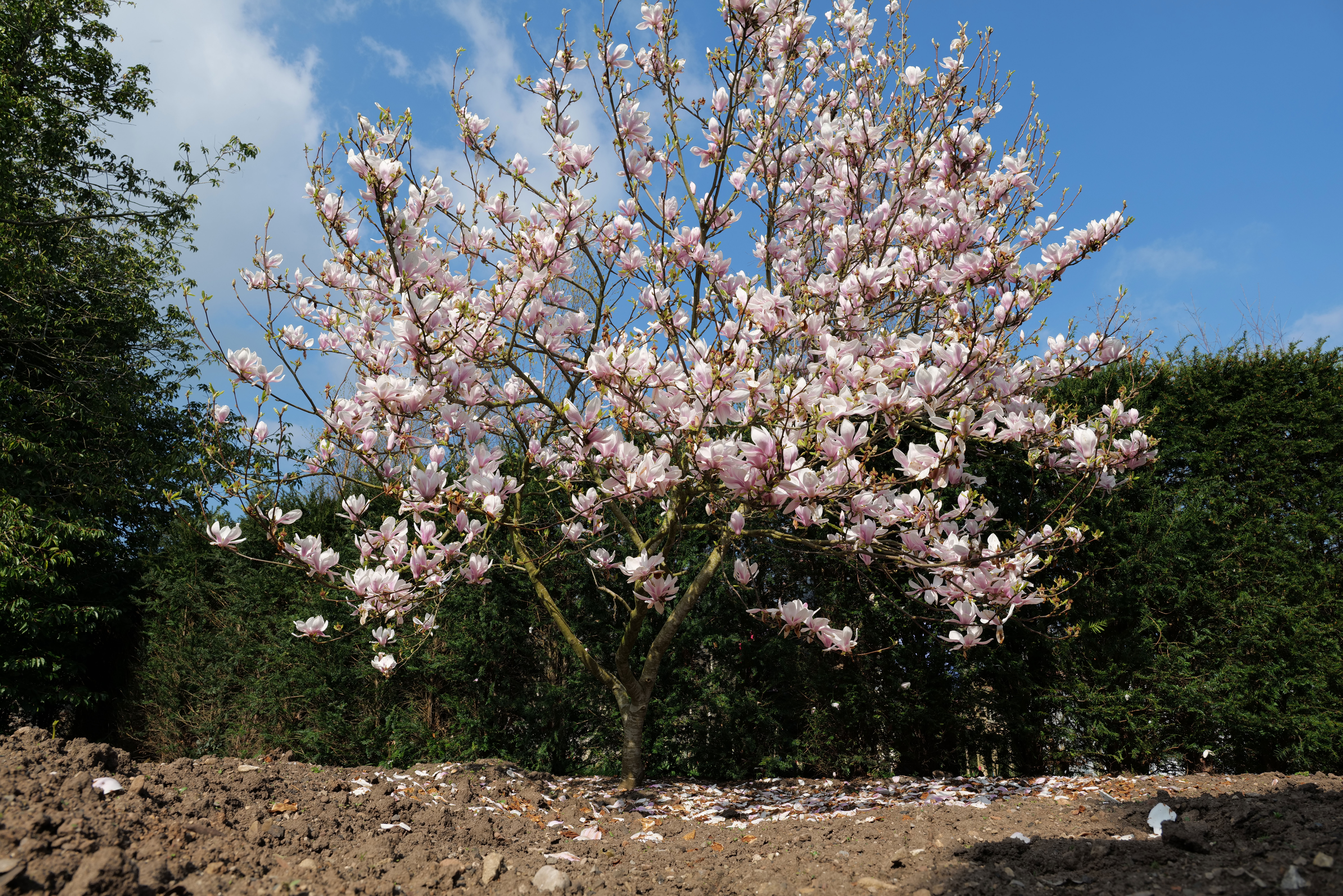
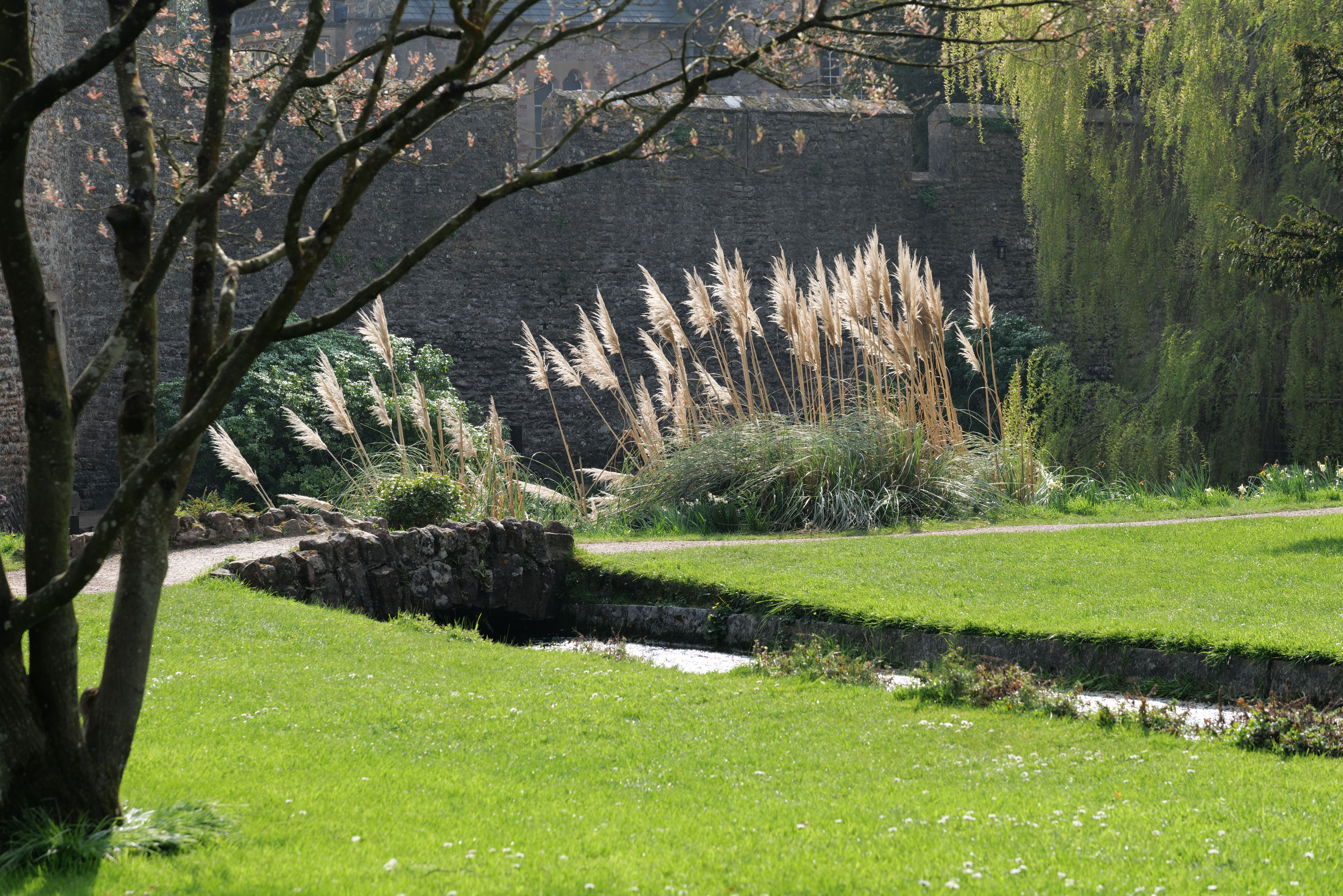
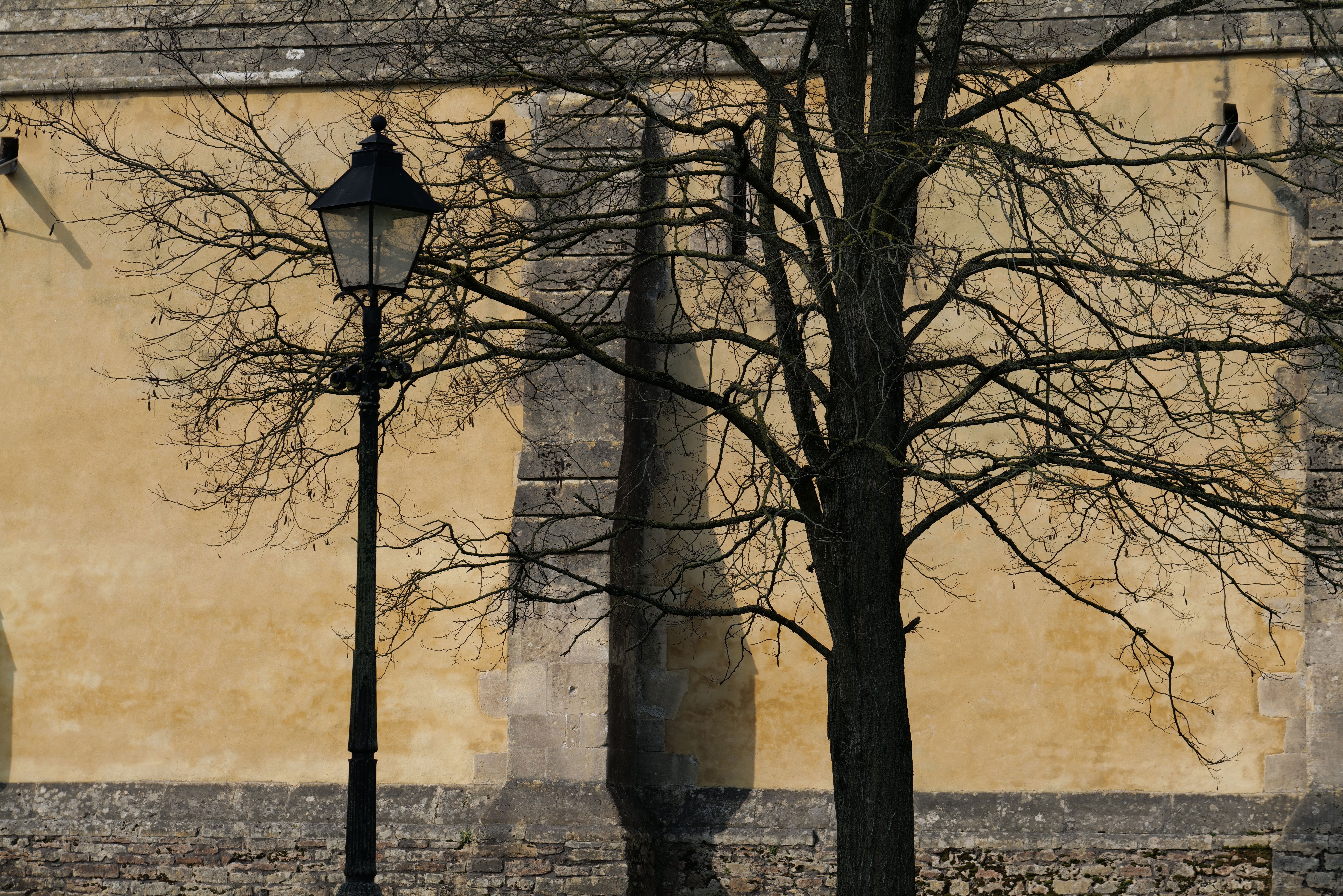
Lab tests
We chose three key rivals for the Panasonic Lumix S1R to compare the results from our lab tests. We included the medium format Fujifilm GFX 50R to see if its larger sensor offered any measurable advantages, the Nikon Z 7 as a direct rival, and the brand new Sony A7R Mark IV which raises the full frame resolution bar even higher.
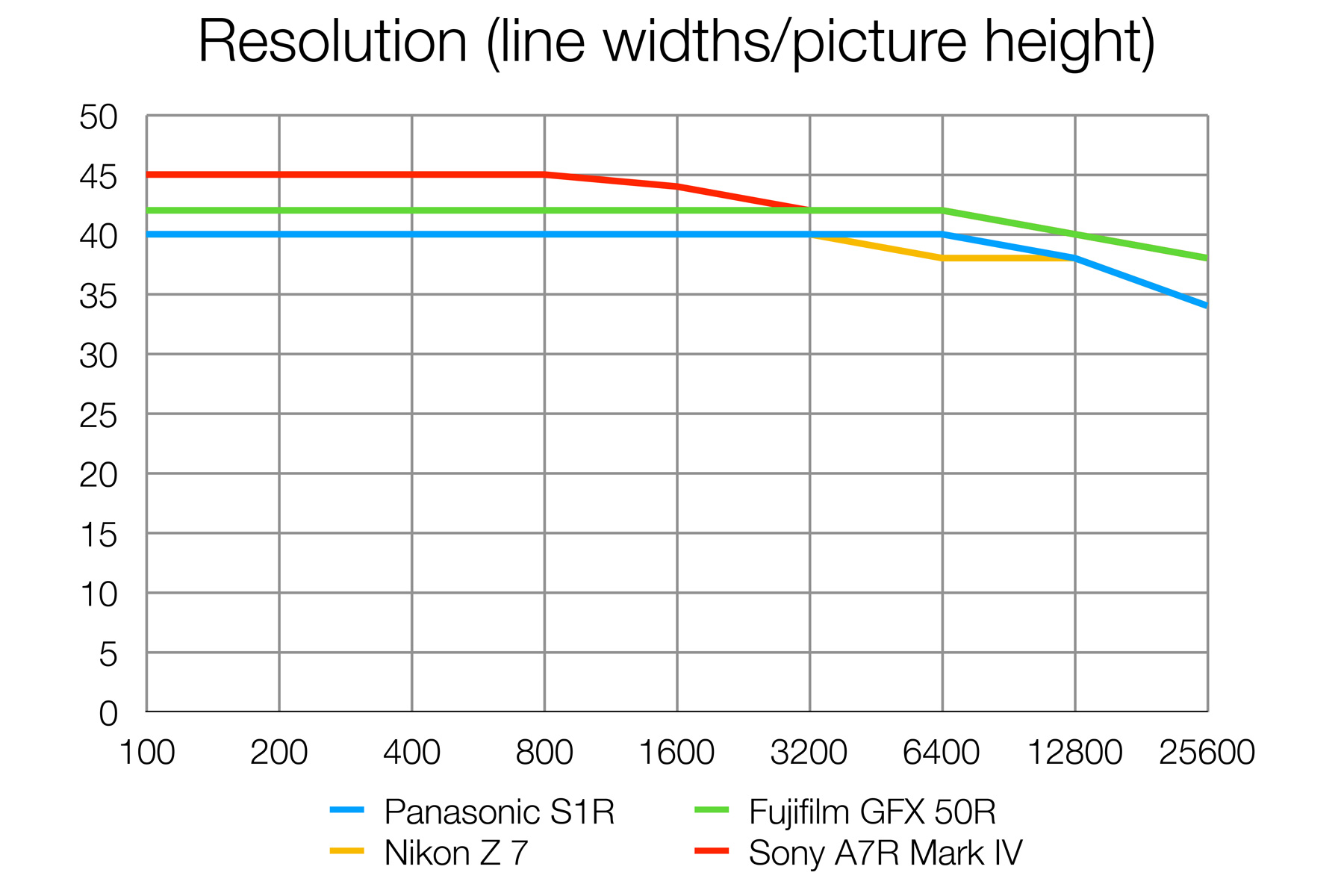
Resolution
The Sony A7R Mark IV shows a small resolution advantage over all its rivals, even the medium format Fujifilm GFX 50R. This is more or less in line with its numerically higher resolution, though there is a price to be paid for such a high resolution, as we'll see. The Lumix S1R and Nikon Z 7 are really not very far behind and offer almost identical resolution. Note: The figures for the Panasonic and Nikon were measured using a method which capped the recorded resolution at 4,000 line widths/picture height. Both cameras may resolve a little more than this, and we will retest them with our new, revised method when samples become available.
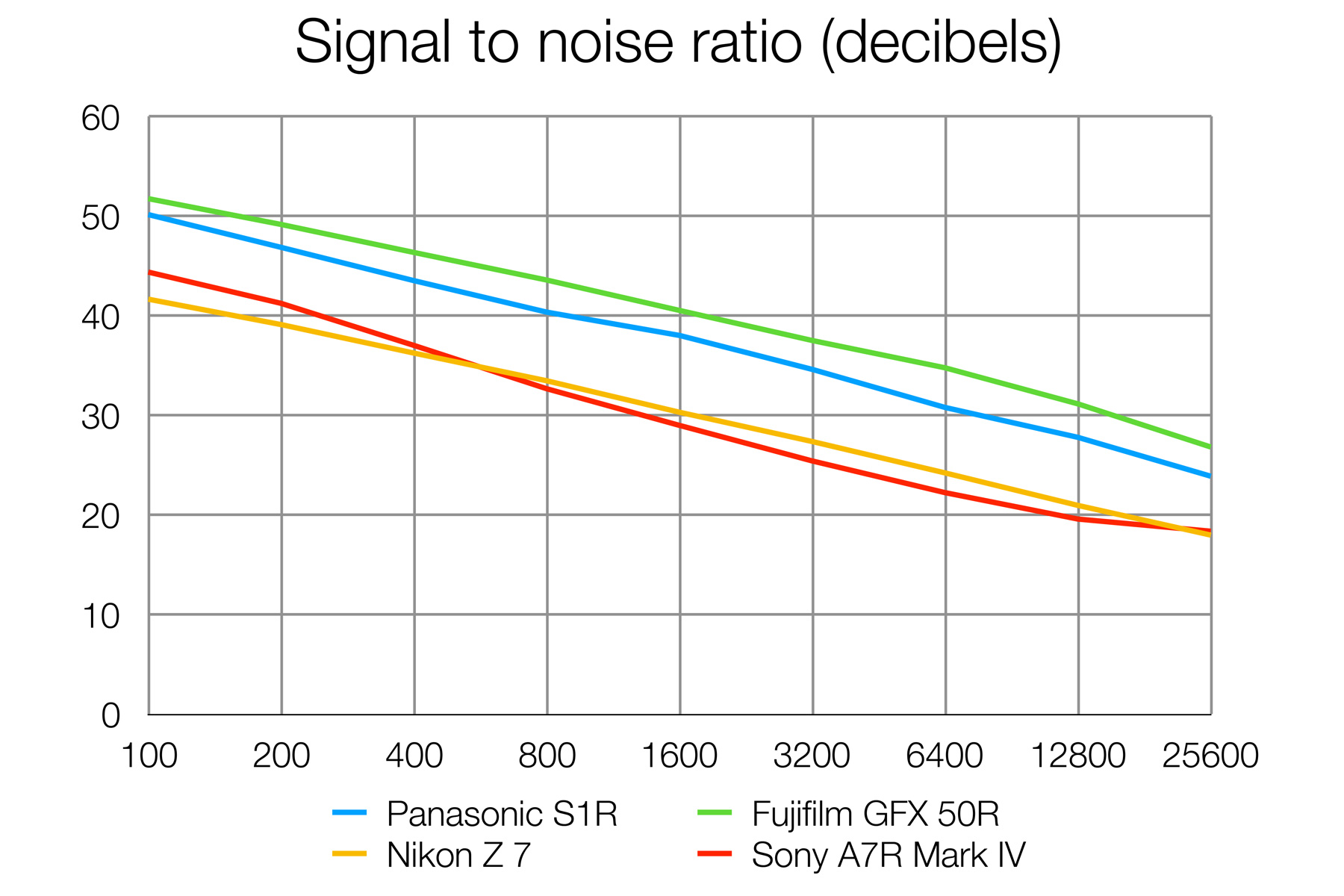
Signal to noise ratio
The Fujifilm GFX 50R showed an advantage here, as we’d expect from its larger sensor. It does have 50 million pixels, but they're bigger pixels! The Panasonic S1R wasn’t far behind, though, and produced less noise than both the Nikon Z 7 And Sony A7R IV. This is where the Sony's higher resolution has an adverse effect.
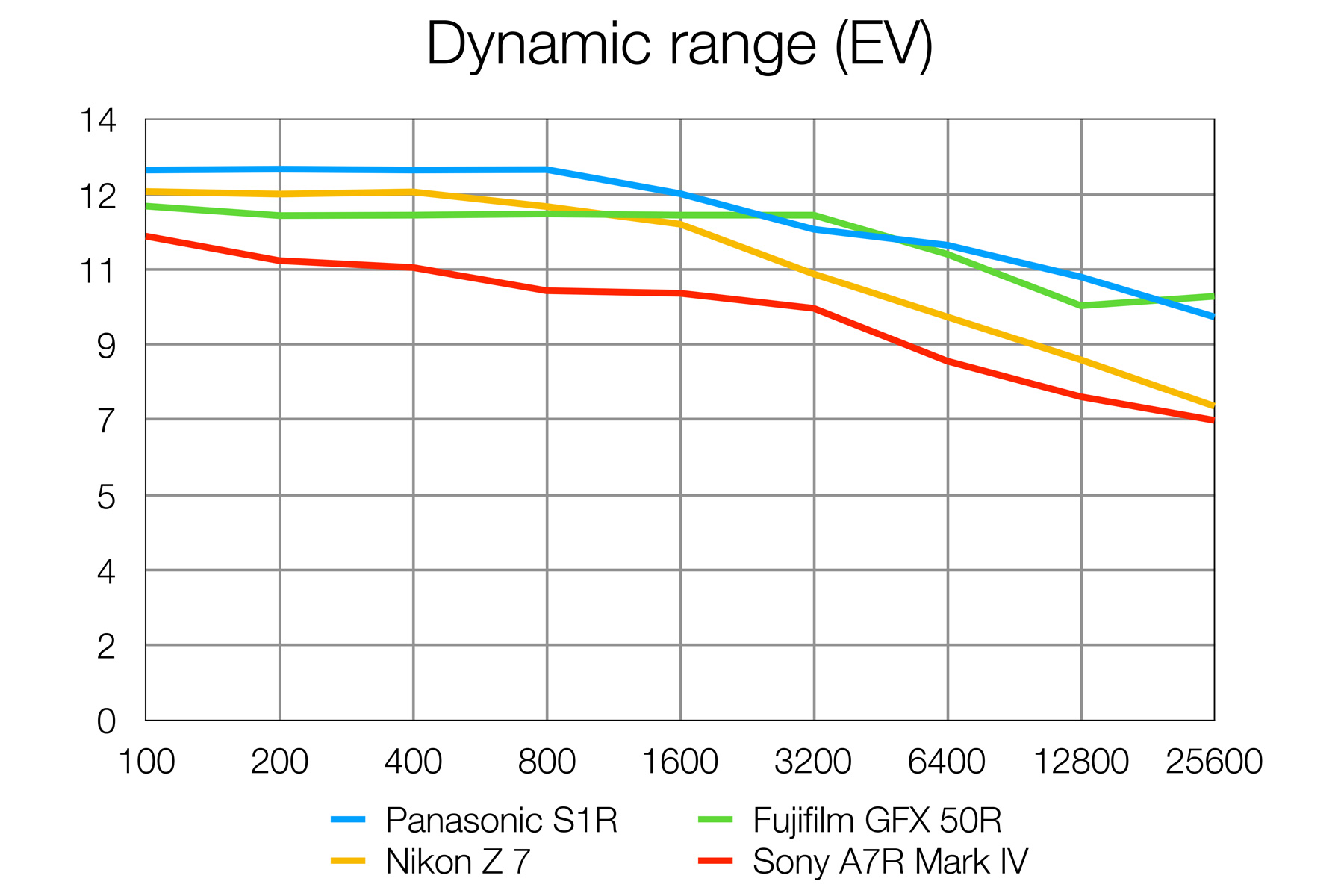
Dynamic range
We’re used to seeing good dynamic range figures from Panasonic cameras, and the Lumix S1R didn’t disappoint us. Between ISO 200 and 1600 it showed a slight advantage over its rival cameras, even the medium format Fujifilm GFX 50R, though the differences were small, and although they were measurable in the lab, it’s unlikely you’d notice them in real-world shooting. The Sony A7R Mark IV did not perform well in this test, which is surprising given that Sony touts dynamic range as one of this sensor's strong points. We will retest another sample of this camera when the opportunity arises.
Verdict
The Lumix S1R is big, hefty and solid and feels like it means business. It handles well and produces truly excellent image quality – and offers 60p 4K video, too, so that although its cheaper stablemate, the S1R, is technically better for video, thanks to its full-width oversampled 4K capture, the S1R is by some margin the best high-resolution model for video.
But while it offers a few features its Sony, Canon and Nikon full frame mirrorless rivals don’t have, the S1R doesn’t deliver any sensational killer blows. It's the sort of camera you buy based on a careful analysis of its features – but when you handle this camera, properly check its capabilities and see the kind of results it can produce, you probably won't take much convincing.
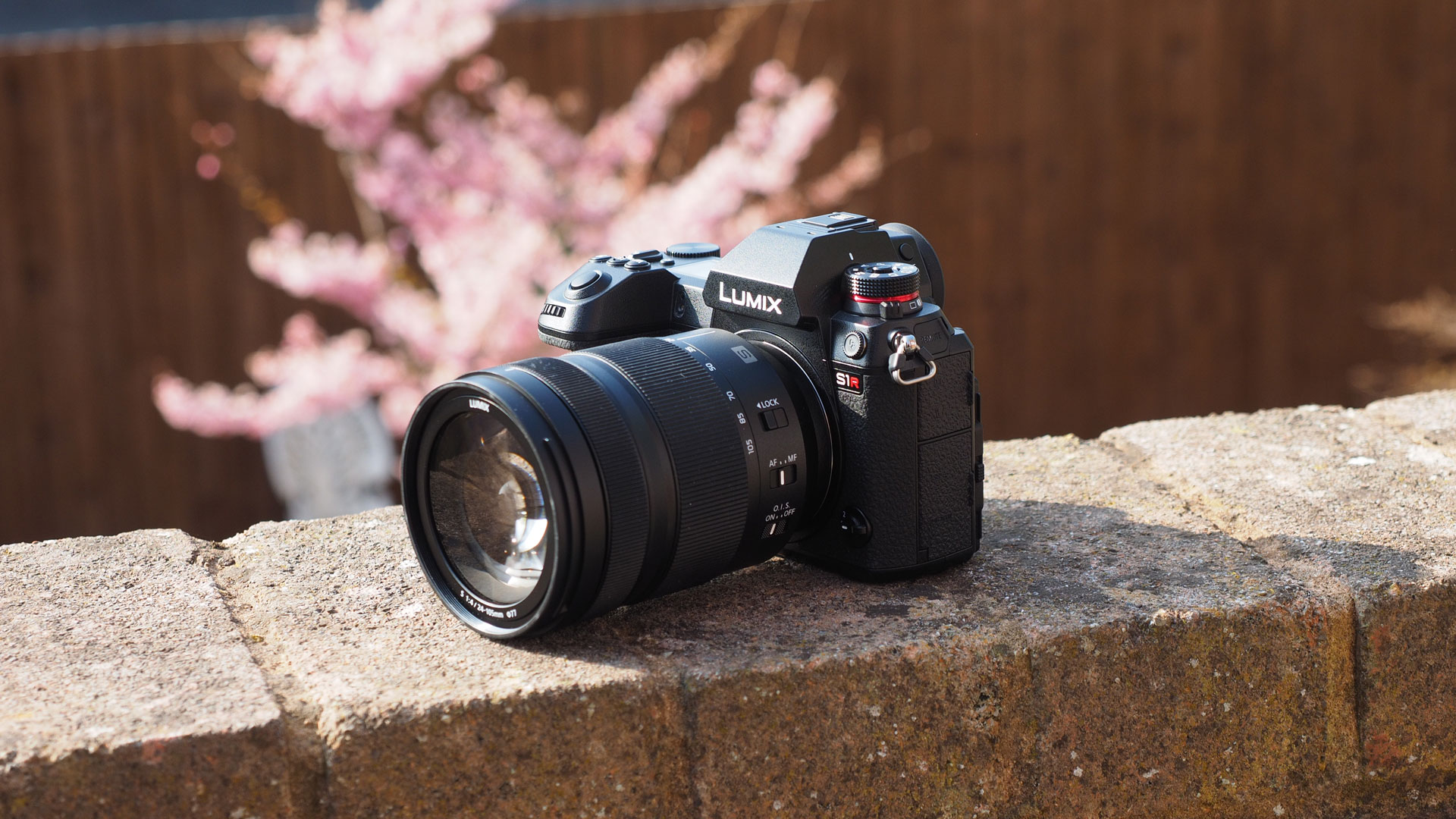
The results are very good indeed, but we wouldn’t expect anything else from a 47-megapixel full frame camera with the latest imaging technologies and lens design.
The S1R is a little bigger and heavier than the Nikon Z 7, however, and a little more expensive too. The Sony A7R Mark IV has even higher resolution than the S1R, but this compromises its image quality in other respects. The Sony cannot match the Panasonic's video features, and its smaller size does impact its handling, especially with larger professional quality lenses.
Competition
The Panasonic S1R certainly seems like it ticks all the boxes – but then so do its rivals, and given the Panasonic’s price, weight and lack of any definite killer features, all of its rivals deserve careful consideration too.
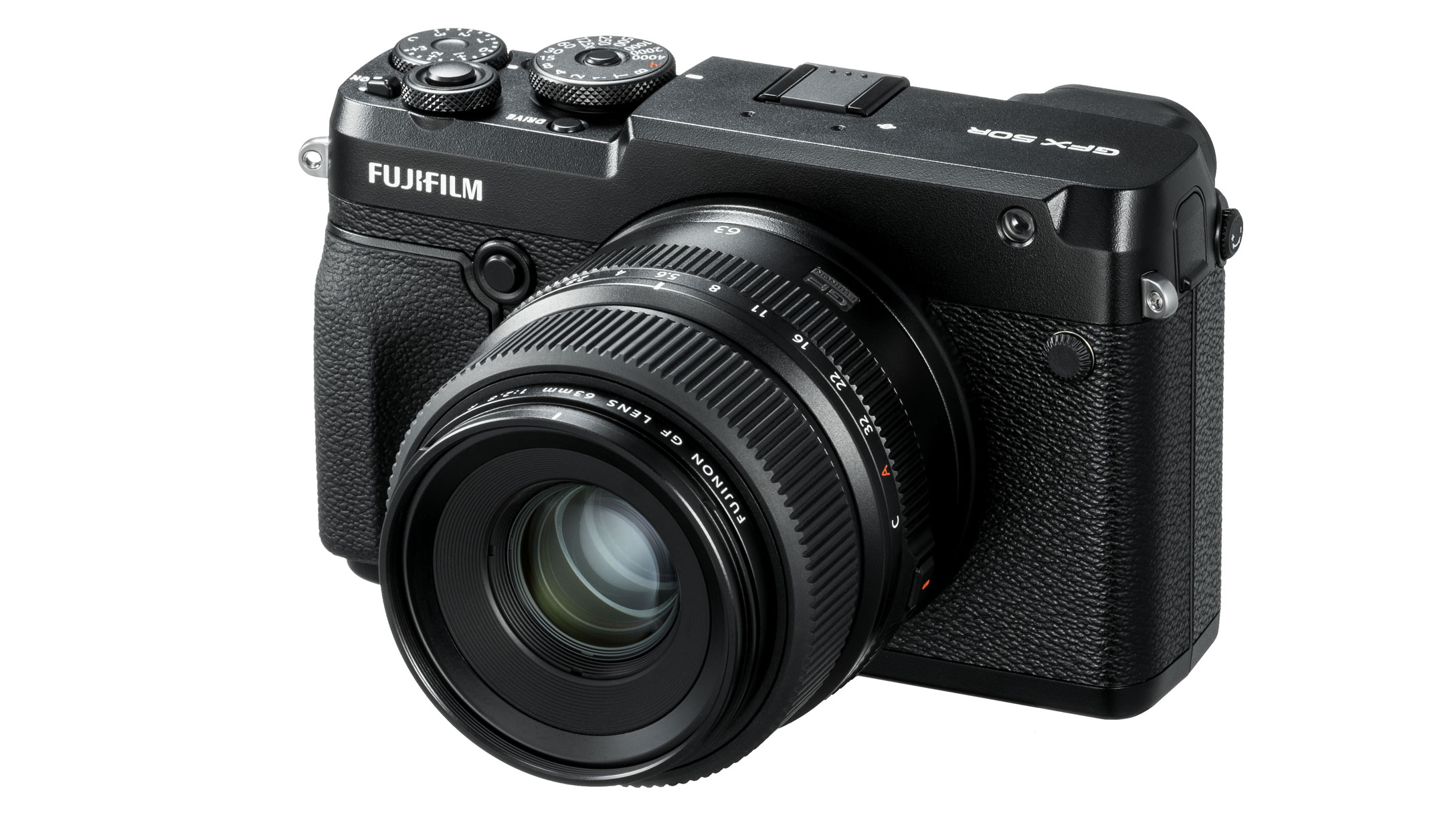
Fujifilm GFX 50R
We wouldn’t put forward the GFX 50R as a direct rival to the Lumix S1R as they are completely different cameras. The GFX 50R is a slower, heavier and more expensive medium format camera that doesn’t even shoot 4K video. But it is a rival in one specific respect – price. If your only goal is all-out image quality, it offers more resolution than the S1R and a much larger sensor, and for only a little more money.
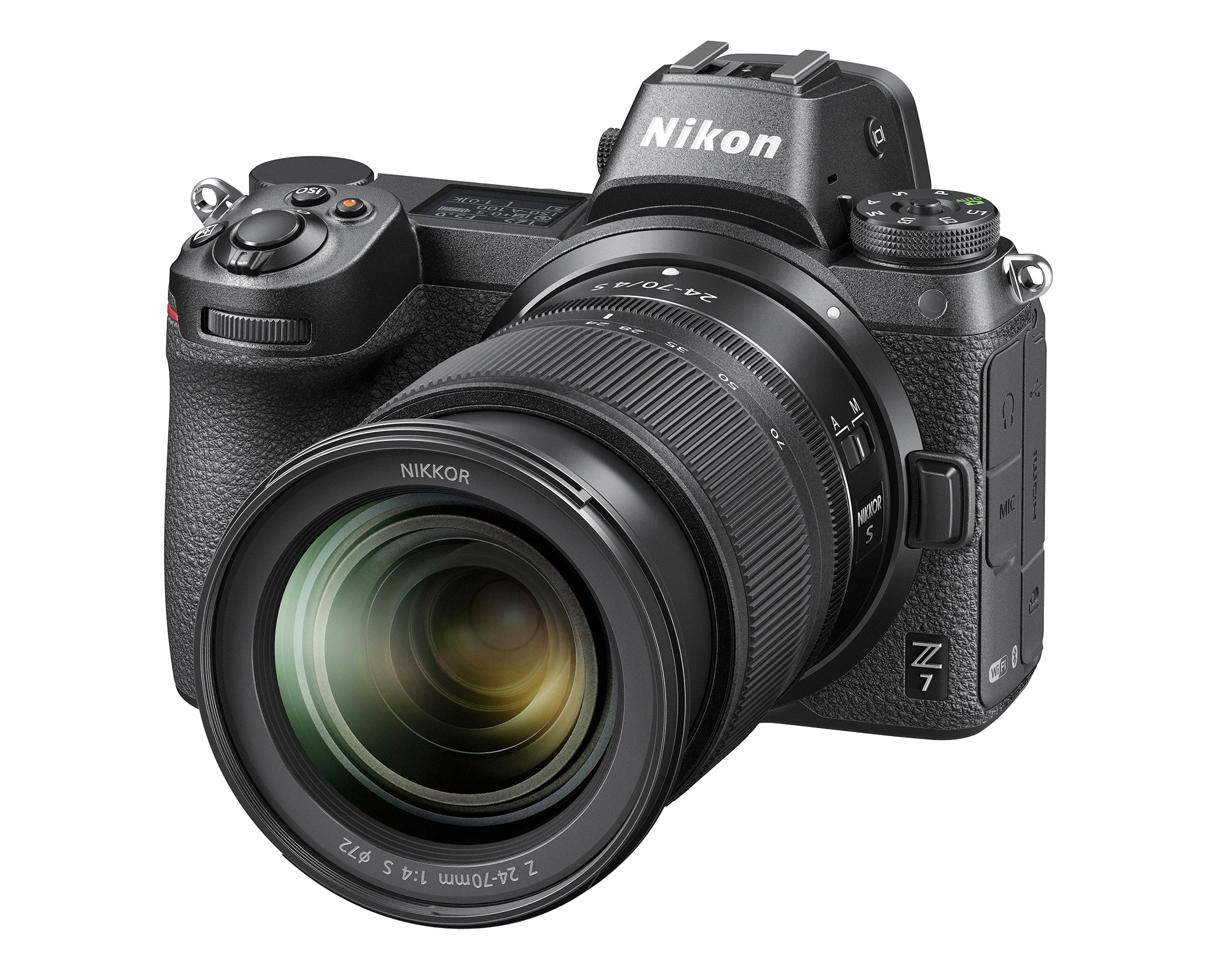
Nikon Z 7
Compared to the Sony A7R III, the Nikon Z 7 feels quite a bulky camera; compared to the hefty Lumix S1R, however, it’s a positive lightweight. It’s slightly less expensive too, and although Nikon’s ‘native’ lens system is scarcely more advanced than Panasonic’s, the Z 7 can use all existing Nikon DSLR lenses, without operational restrictions, via an inexpensive adaptor. The Lumix S1R, by contrast, is starting from scratch.
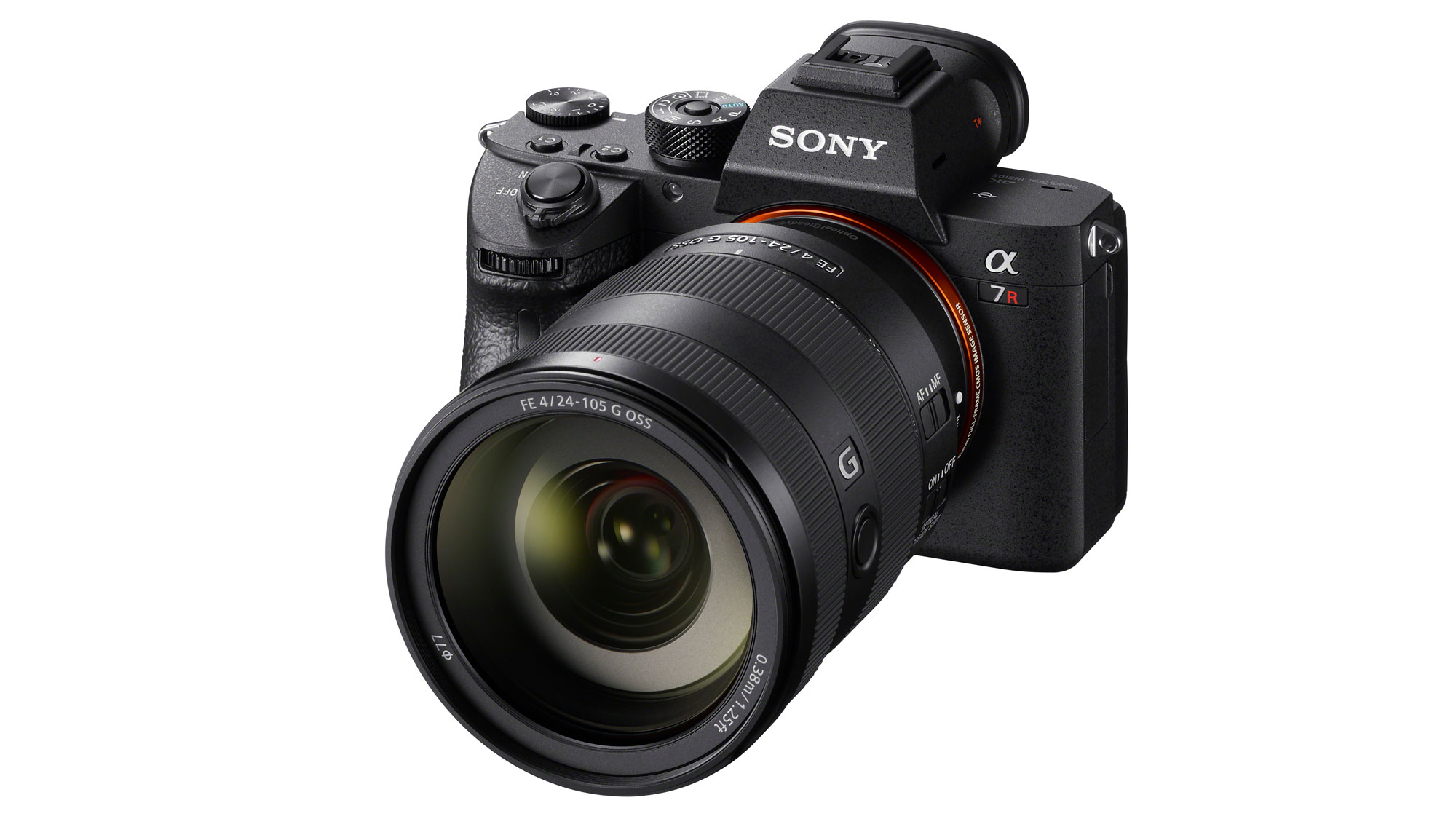
Sony A7R III
We chose the Sony A7R Mark IV for our lab test comparisons, but let's not forget the existing Sony A7R III, which we expect to stay on sale. It's a good deal older than these other cameras, but its 42.4-megapixel sensor, and Sony’s excellent G Master lenses, are still capable of extremely high levels of resolution. The A7R III has been steadily discounted over time, too, so that it’s now a lot cheaper than the Lumix S1R and Nikon Z 7. It also has wide lens support, both from Sony itself and from a host of independent lens manufacturers.
Read more:
• Best L-mount lenses for Panasonic, Leica and Sigma mirrorless cameras
• L-mount lens roadmap
• Best camera for professionals
• Best mirrorless camera
• DSLR vs mirrorless cameras
• The cheapest full frame cameras
• Best full frame DSLR

Rod is an independent photography journalist and editor, and a long-standing Digital Camera World contributor, having previously worked as DCW's Group Reviews editor. Before that he has been technique editor on N-Photo, Head of Testing for the photography division and Camera Channel editor on TechRadar, as well as contributing to many other publications. He has been writing about photography technique, photo editing and digital cameras since they first appeared, and before that began his career writing about film photography. He has used and reviewed practically every interchangeable lens camera launched in the past 20 years, from entry-level DSLRs to medium format cameras, together with lenses, tripods, gimbals, light meters, camera bags and more. Rod has his own camera gear blog at fotovolo.com but also writes about photo-editing applications and techniques at lifeafterphotoshop.com
